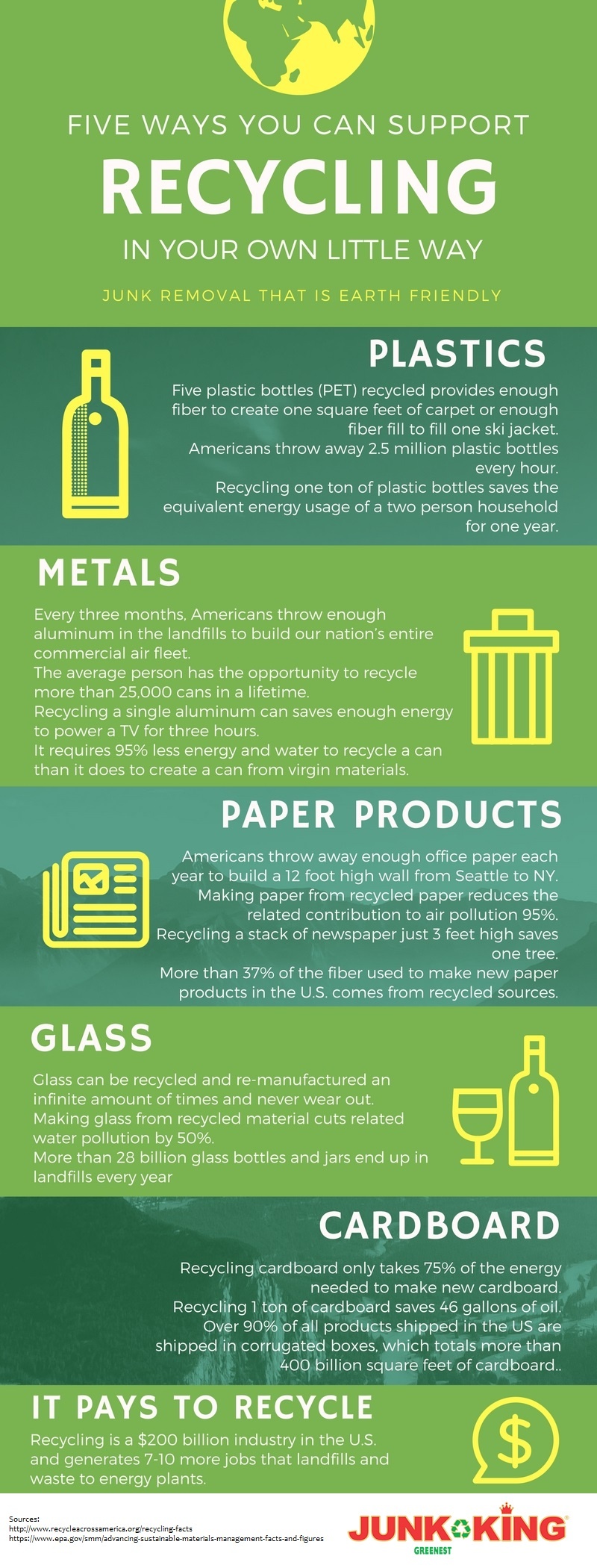A Full Guide To Figuring Out The Perfect Dumpster Size For Your Task
A Full Guide To Figuring Out The Perfect Dumpster Size For Your Task
Blog Article
Content Writer-Swain Duckworth
When starting a task that requires a dumpster, the size you choose can substantially influence its effectiveness and cost-effectiveness. Think of having the ideal container that suits all your waste without being excessively huge or also little. All of it beginnings with understanding the nuances of your task and choosing a dumpster size that lines up with your certain requirements. So, before you choose, think about the variables at play to ensure a seamless waste monitoring procedure throughout.
Factors to Consider
When picking the appropriate dumpster size, there are numerous essential elements to consider.
First, consider the kind of waste you'll be taking care of. Different materials might call for differing amounts of room, so understanding what you'll be placing in the dumpster is important.
Next, analyze where can i rent a dumpster of waste you anticipate to generate. If you take too lightly the quantity, you might need to make numerous journeys to deal with everything, which can be bothersome and costly. On the other hand, renting a dumpster that's as well huge can bring about unneeded costs.
Additionally, take into consideration the space where the dumpster will be positioned. Guarantee there's enough area for the dumpster to be provided and grabbed without any obstructions.
Last but not least, think of any type of weight constraints that might apply. Exceeding the weight limitation can result in added charges or even the rejection of service.
Dumpster Size Alternatives
For choosing the right dumpster dimension, it's essential to have a mutual understanding of the readily available alternatives. Dumpster sizes normally vary from 10 to 40 cubic backyards, with variations in between.
A 10-yard dumpster appropriates for small jobs like a garage cleanout or a little remodelling. If you're tackling a medium-sized project such as a kitchen area remodel or a basement cleanout, a 20-yard dumpster might be the ideal choice.
For larger tasks like a whole-house renovation or business building, a 30 or 40-yard dumpster could be better to accommodate the quantity of waste produced.
When deciding on read this article , take into consideration the amount and kind of particles you expect to throw away. It's far better to pick a slightly larger size if you're uncertain to avoid overfilling. Keep in mind, it's even more cost-efficient to lease a dumpster that fits your needs rather than needing to order an added one.
Matching Dimension to Project
Ideally matching the dumpster size to your task is crucial for efficient waste monitoring. To identify the right size, think about the extent and nature of your task.
For little home cleanouts or restorations, a 10-yard dumpster may be enough. These are typically 12 feet long and can hold about 4 pickup tons of waste.
For larger projects like renovating multiple spaces or removing a big estate, a 20-yard dumpster could be better. These are around 22 feet long and can hold roughly 8 pickup loads.
If you're tackling a major building and construction task or industrial renovation, a 30-yard dumpster could be the most effective fit. These dumpsters have to do with 22 feet long and can suit regarding 12 pickup truck loads of particles.
Matching the dumpster size to your task ensures you have enough area for all waste products without paying too much for unused capability.
Final thought
To conclude, selecting the right dumpster dimension for your project is essential for reliable garbage disposal. By considering https://www.npr.org/sections/thetwo-way/2016/08/04/488695414/philadelphia-to-its-residents-dont-swim-in-dumpsters like the kind and quantity of waste, space availability, weight restrictions, and budget plan restrictions, you can guarantee you have the suitable dimension dumpster for your demands. Make certain to match the dimension of the dumpster to the scope and nature of your task to stay clear of overspending on unnecessary expenses.
